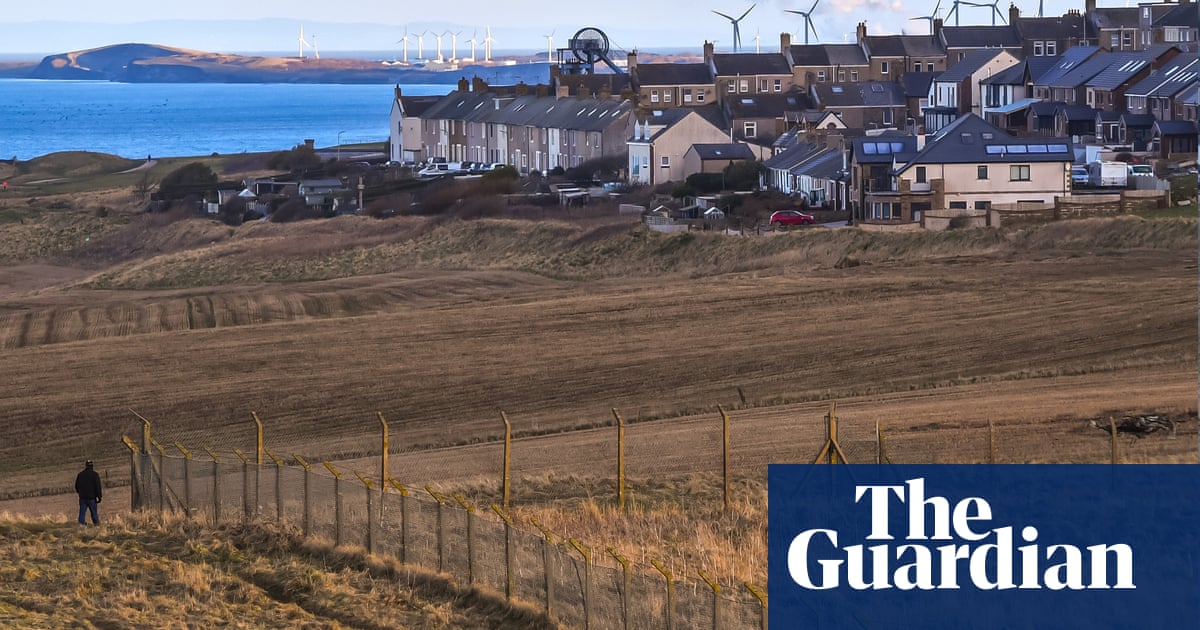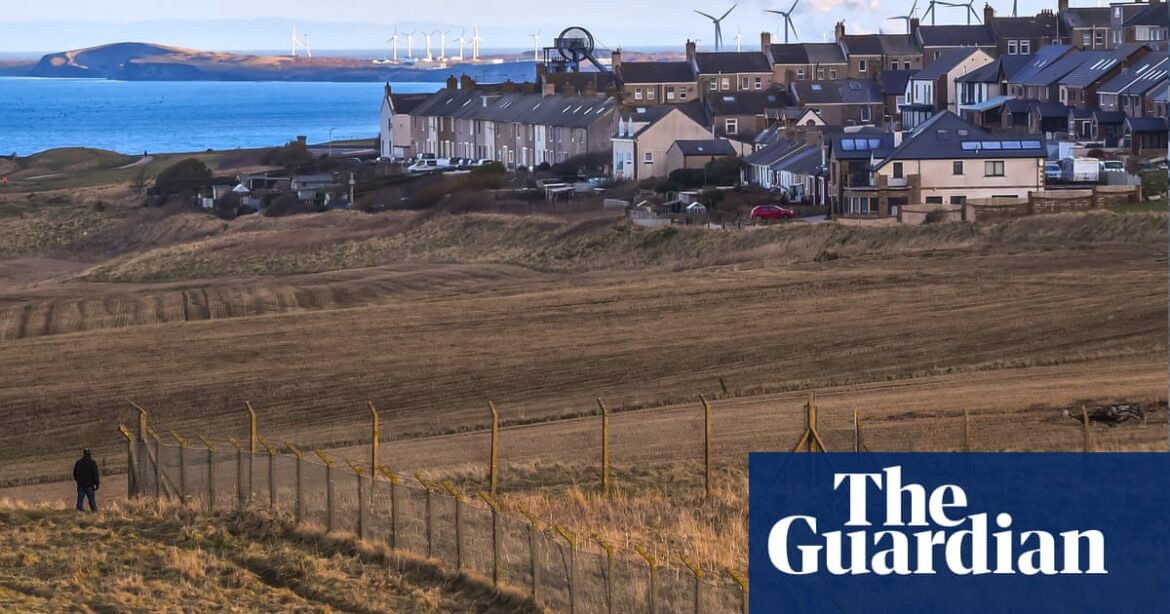
The company behind the first new coalmine in the UK for 30 years has argued in the high court on Tuesday that it would be a “unique net zero” mine.
West Cumbria Mining (WCM) continued to defend the legality of its mine, which will produce 60m tonnes of coking coal in its lifetime, in the court days after the government said its planning permission was unlawful because it had not taken into account downstream emissions from using the coal.
Lawyers acting for Angela Rayner, the secretary of state for housing, communities and local government, said last week that there had been an “error in law” in the decision to grant planning permission for the Cumbrian mine in December 2022. Withdrawing its defence against two legal challenges by Friends of the Earth and South Lakes Action on Climate Change (Slacc), the government instead informed the court that the planning permission should be quashed.
The new Labour government withdrew after a landmark supreme court decision quashed planning permission granted for an oil drilling well at Horse Hill, on the Weald in Surrey. The judgment found the climate impact of burning coal, oil and gas must be taken into account when deciding whether to approve projects, and was predicted to have a knock-on impact on all other fossil fuel projects in the UK.
On Tuesday, WCM continued to argue that the new mine in Whitehaven was legal and denied that the decision in the Surrey case had any impact on the lawfulness of its planning permission.
Lawyers for WCM said the project was a “unique net zero” mine that would provide coking coal for high-quality steel that would be vital in the country’s net zero-emissions future – for example, to build wind turbines, electric vehicles or trains.
The company said in documents submitted to the hearing: “The extraction and use of this metallurgical coal in the steel production process will not lead to any increase in the amount of coking coal consumed and so no net increase in GHG emissions will occur.”
They argued that the Surrey case had no bearing on the lawfulness of the planning permission granted for the Cumbrian mine.
Friends of the Earth said the permission had been granted unlawfully because there had been a failure to take account of the downstream emissions as required under environmental impact assessment legislation.
Lawyers for FoE said that given the decision by the supreme court in the Surrey case, the climate impact of burning coal, oil and gas should have been taken into account when deciding whether to approve the project.
“WCM … failed to quantify or assess the downstream combustion emissions from the coal extracted from the mine,” FoE lawyers said.
The International Energy Agency has said no new oil and gas exploration should take place if the world is to limit global heating to 1.5C (2.7F) above preindustrial temperatures.
FoE said the approval of the mine by the then secretary of state, Michael Gove, was hypocritical. Planning permission was given by Gove a month after the UK had held the presidency of the Cop26 climate conference, and in that global leadership role had pushed to phase out fossil fuels and coal.
They pointed out that the UK’s steel plants in Port Talbot and Scunthorpe had both announced the closure of their blast furnaces, undermining WCM’s claim that the coal would be used domestically to make steel.
FoE argues the mine’s total lifetime emissions, including from the burning of the coal, would exceed 220m tonnes of carbon dioxide equivalent. “That is more than half of the UK’s total emissions for 2022,” FoE said.
“Ninety-nine per cent of these emissions are from the use of the coal. Less than 1% are the emissions from the mining process itself.”
Slacc, which took the second legal challenge to the legality of the mine, said the operational emissions alone of the mine would amount to 8.2m tonnes of CO2 equivalent – “about the same as burning 788m litres of petrol”.
The hearing continues.
Source: theguardian.com



